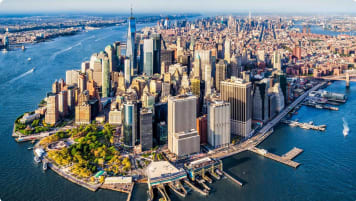Naming of America
The Naming of America In 1492 Christopher Columbus became the first European to reach the Caribbean, Central America, and South America, showing Europeans how to sail across the Atlantic and ushering in a wave of…
4 Jun 23 · 8 mins read
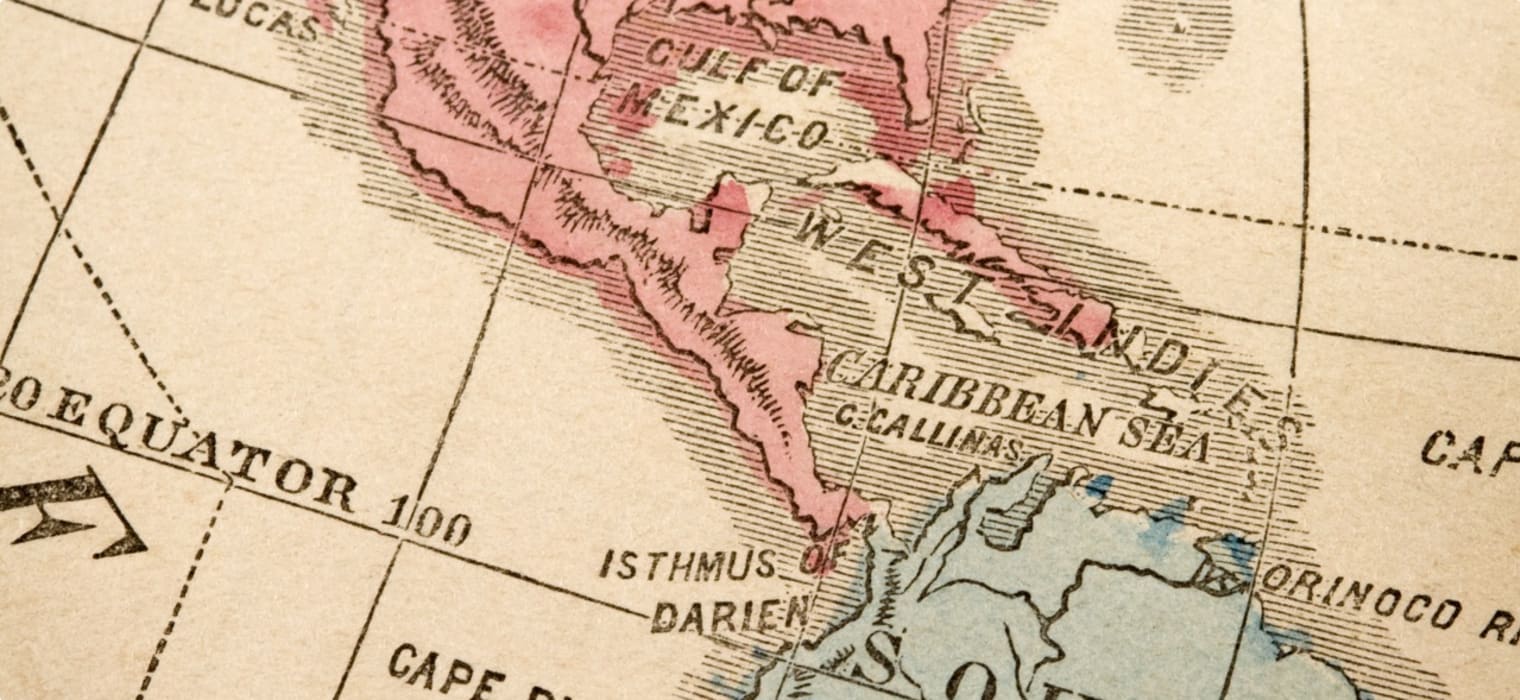
The Naming of America
In 1492 Christopher Columbus became the first European to reach the Caribbean, Central America, and South America, showing Europeans how to sail across the Atlantic and ushering in a wave of exploration and colonisation. But it was the Italian explorer Amerigo Vespucci who would be immortalised in the continent’s name.
For whereas Columbus wrongly believed he had reached an already existing continent, Asia, it was Vespucci who correctly deduced here was a totally new continent without a name. In Vespucci’s widely popular accounts of his travels, published between 1502 and 1504, he boasted of this new land with fanciful descriptions of its environment and people.
It only seemed appropriate then to the German mapmaker Martin Waldseemüller to name the continent after Vespucci in his 1507 map of the known world. So he chose the name ‘America’, the feminine of the Latinized version of Vespucci’s first name “Americus”. Had Waldseemüller heard of Columbus’s feat by then history may have turned out differently, and today we might refer to the continent as “Columbusia” instead. But news travelled slowly in that time, and it seemed to Waldseemüller that Vespucci deserved due credit for discovering the continent. By the time he became aware of his mishap though, the name had already caught on, engraved into the public consciousness.
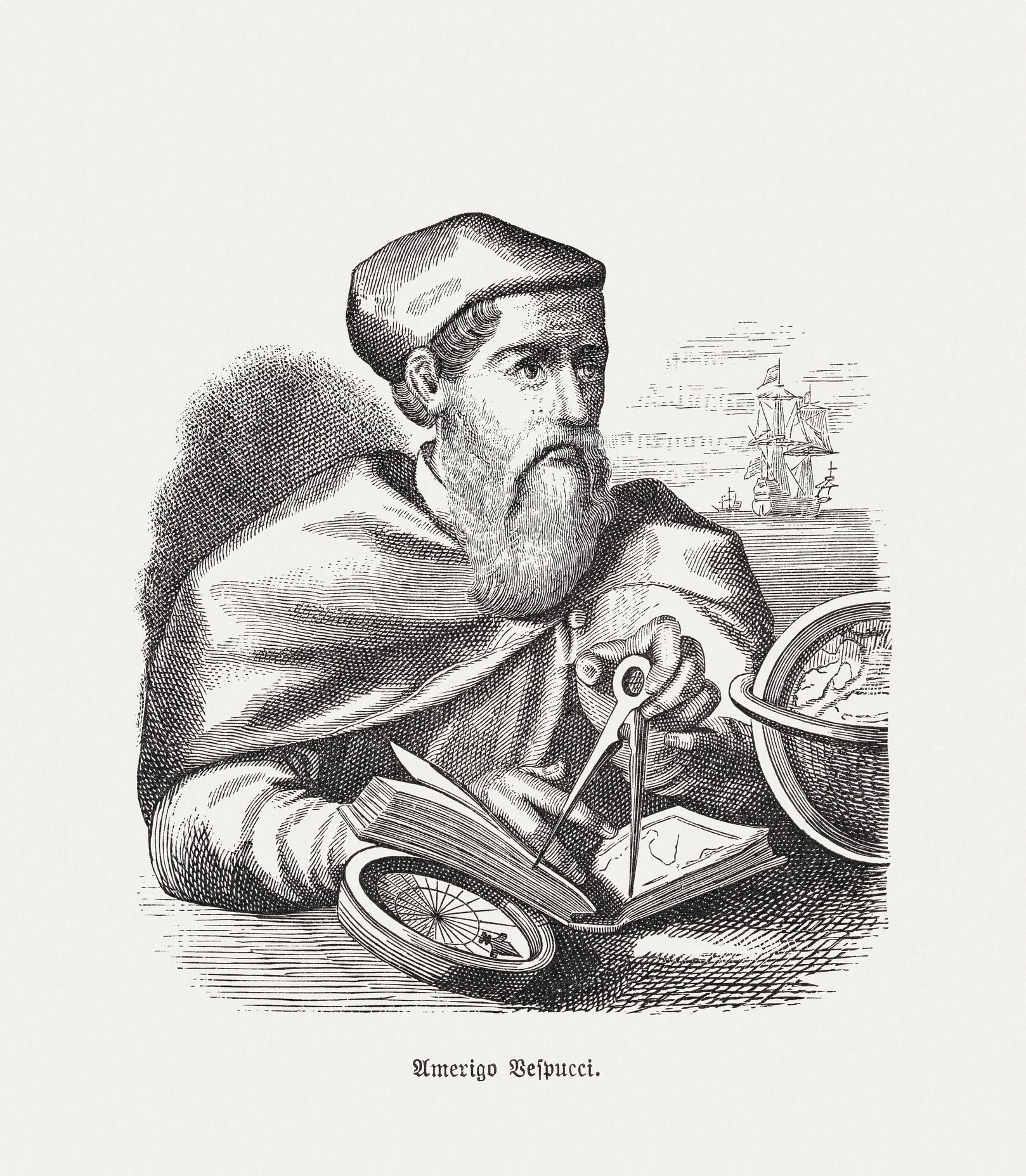
Read on for more information about how this substantial mishap occurred, intended as background reading for Odyssey Traveller’s Tours to America. Much of the information for this article is sourced from Simon Winchester’s Atlantic: A Vast Ocean of a Million Stories, as well as other sources linked to throughout.
Recognition of the American Continents
Today Christopher Columbus’s transatlantic voyages are recognised as opening the way for widespread European exploration and colonization of the Americas. Over his four expeditions in 1492, 1493, 1498, and 1592, he became the first European to reach the Caribbean, Central America, and South America. In doing so, he charted and colonized hundreds of tropical islands and large swathes of subequatorial coastline. But he never recognised he had reached a new continent.
He embarked on his first voyage sponsored by the Spanish Crown, searching for a western trade route to Asia. As such, he mistakenly believed he had arrived at the Indies off the south-eastern coast of India. He upheld this belief throughout his subsequent voyages, finding no real evidence he had reached a great landmass. By the time he died in 1506, he still hadn’t realised he had discovered a whole new continent previously unknown to Europeans, Asians, and Africans.
Suspicions of the fact, however, had begun to grow amongst the European public, seemingly confirmed by a map drawn in 1500 by Juan de la Cosa. Cosa was a Cantabrian pilot who twice accompanied Columbus and would make five further voyages to the New World. His map was the first every made representation of the Americas and the only cartographic work made by an eyewitness of the first voyages of Columbus. He also incorporated accounts of the explorations of John Cabot, who had landed in eastern Newfoundland in 1497, Vicente Pinzon along the Brazilian coast in 1499, and Vincente Pinzon along the northeast coast of South America in 1501.
Cosa paints the eastern coast of America on the left of his map in verdant green, referencing the lush vegetation encountered there. North America is depicted as a landmass extending far into the North Atlantic, while South America appears to be its own continent. However, both are drawn in a way that does not necessarily suggest entirely new continents and could represent an extension of Asia.
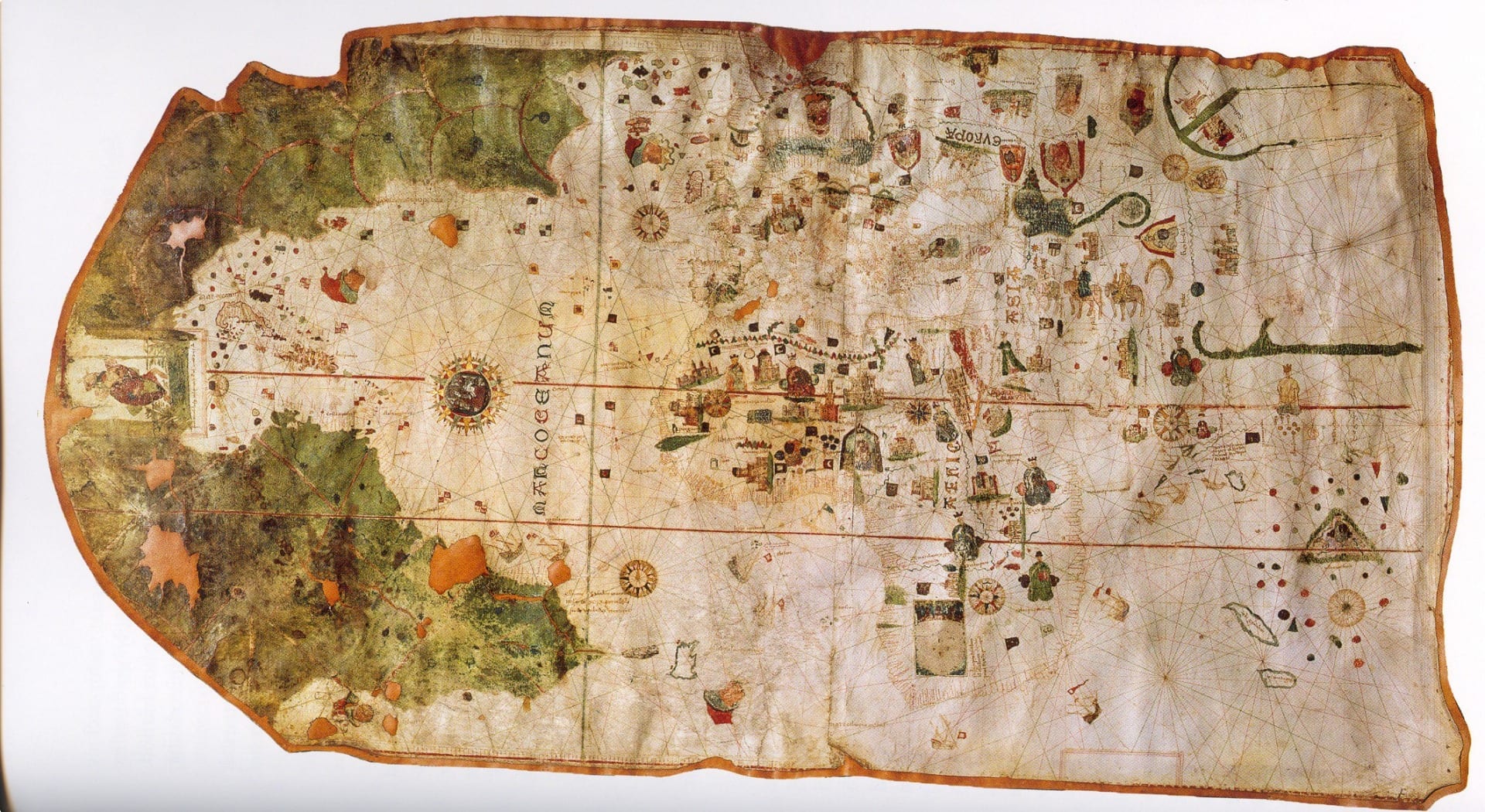
It was Amerigo Vespucci who would become the first to recognize North and South America as distinct continents. An explorer himself, Vespucci made at least two voyages to the Americas. He set out on his most successful journey from Lisbon, Portugal on 14 May 1501, with a fleet of three ships. Crossing the Atlantic, he reached Brazil on 17 August, and headed south along the coast towards Patagonia.
As he did so, he came to suspect he may not actually be in Asia. Fascinated and well versed with the accounts of Marco Polo, which gave great detail of Asia’s geography and people, Vespucci couldn’t help to notice the differences. He noted the area and landmasses they explored were quite a bit larger and different than those described of Asia. Plus, he noticed the constellations in the sky under which they sailed were also different than in Europe and Asia.
As such, he became convinced that the area was not part of Asia’s eastern outskirts, as Columbus had initially conjectured, but an entirely new continent. As he sailed further south to within 400 miles of Tierra del Feugo, the archipelago at South America’s southernmost tip, his suspicious were confirmed. Here, rather than the coast of Asia, was a vast new continental landmass that extended further south than anyone could have guessed.
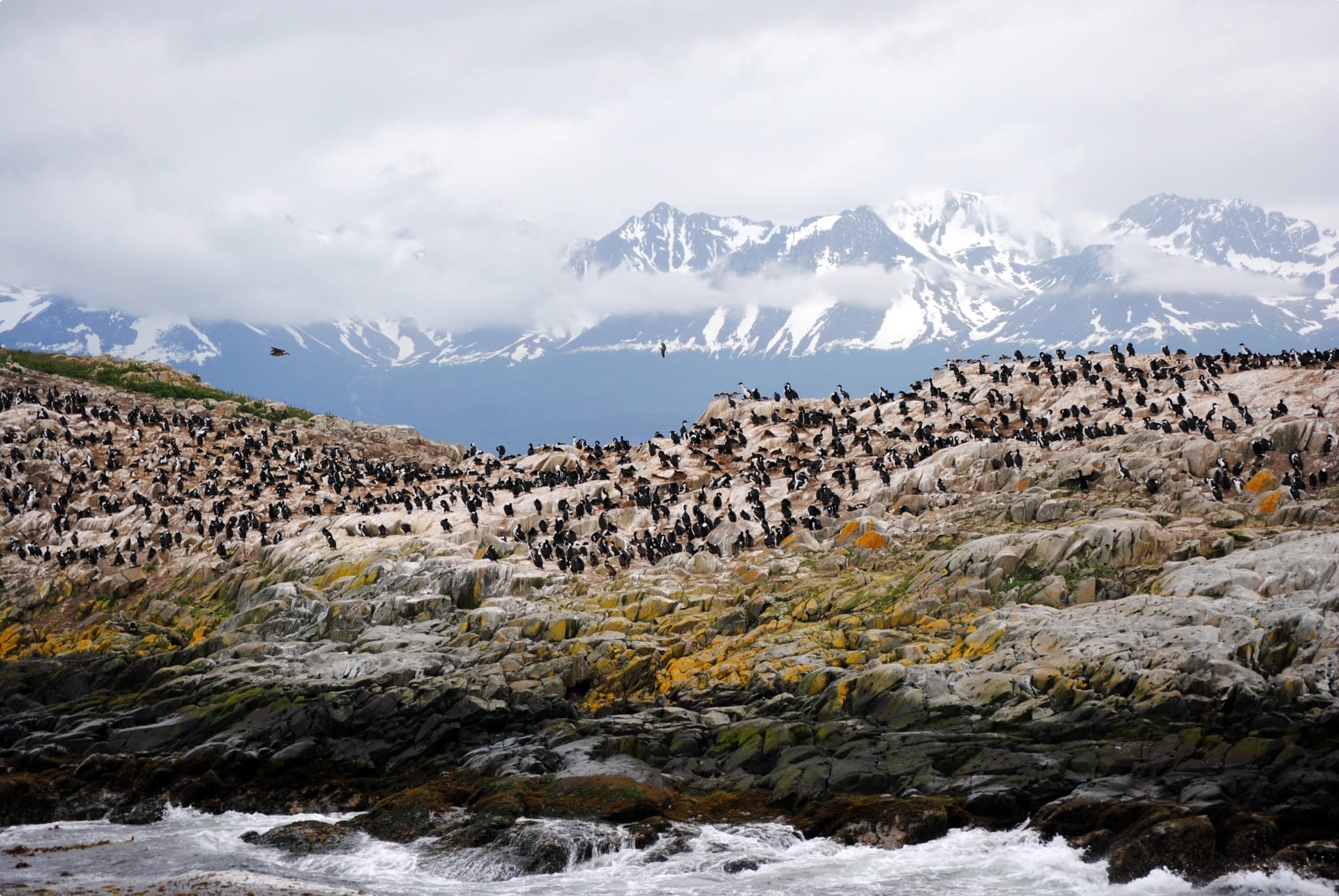
Mundus Novus
Upon his return, in 1503, Vespucci published a booklet of letters initially addressed to his Medici sponsor detailing his voyages, entitled Mundus Novus (Latin for ‘new world’). Along with a subsequent brief document known as the Soderini Letter, the thirty-two pages long booklet, printed and written in Latin, contained the very first claim that the great body of land in the west was in fact a separate continent.
This claim appeared in once crucial sentence stating: “[On] this last voyage of mine… I have discovered a continent in those southern regions that is inhabited by more numerous peoples than in our Europe, Asia or Africa, and in addition I found a more pleasant and temperate climate than in any other region known to us…”
In truth the Mundus Novus is sensationalised and flamboyant, with its details quite unreliable. Rather than containing the authentic letters sent to his patron, it is believed to be an embellished redrafting. Nevertheless, printers in Paris, Venice and Antwerp saw to it that Vespucci’s graphic descriptions of his sailing adventures along the South American coast enjoyed a massive circulation. Reprinted in every European language the booklet quickly became a wild sensation.
Its popularity was helped no doubt by Vespucci’s gripping descriptions of the people he met along the way. The booklet discussed their religious practices and beliefs, diet, and marriage habits, but also included more fanciful details for readers such as those of incestual and cannibalistic Indians who lived for 150 years, voluptuous and lecherous women, and men who committed cosmetic self-mutilation to enlarge their genitals.
As such the letters sold much better than Columbus’s own, ensuring a personal immortality for Vespucci, and leading to the explosion of European interest in the New World.
America Gets Its Name
Vespucci’s published letters also led to the naming of the newly recognized continent of America. It wasn’t Vespucci who was responsible for the naming though; rather, the task fell to the German cartographer Martin Waldseemüller and his colleague Matthias Ringmann.
By 1507 Vespucci’s works had reached the two mapmakers living in the Gymnasium Vosagense, a religious academic institution in the Vosges mountains of eastern France. Here they were working on their Cosmographiae Introductio (Introduction of Cosmology) and a large wall map map of the world with updated geographic knowledge gained from the discoveries of the late 15th and early 16th centuries. Finding Vespucci’s descriptions deeply compelling, they both agreed that they would give this new landmass – or at least the portion of Brazil that Vespucci had explored – a name.
Believing Vespucci had in fact discovered the continent, they thought it only suitable that it be named after him. With information travelling slowly in the 16th century, the news had not yet reached the mapmakers that it was actually Columbus who had first arrived in the New World before Vespucci.
So, ignorant of this fact, Waldseemüller proposed the landmass be named “America”, the feminine form of the Latinized version of Amerigo Vespucci’s Christian name. When the map was published later in 1507, it included in large letters across the southern half of the southern continental discovery, separate from Asia, the single word: America.
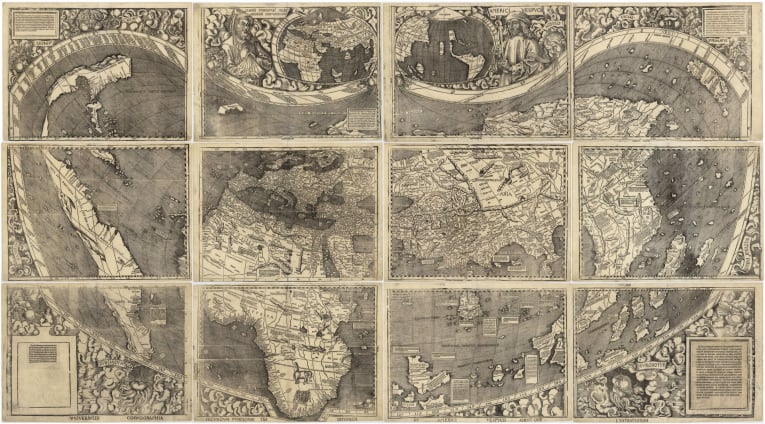
Accompanying it in the Introductoio were the words: “I do not see what right anyone would have to object to calling this part, after Americus who discovered it and who is a man of intelligence, Amerigen, that is, the Land of Americus, or America: since both Europa and Asia got their names from women.”
The map was the first to clearly depict a separate Western Hemisphere and the Pacific as a separate ocean. By recognising the newly found American continent, it represented a huge leap forward in knowledge, forever changing mankind’s understanding and perception of the world.
The Name Catches On
Thousands of copies of Waldseemüller’s map sold across Europe and the name soon caught on. A globe published in Paris in 1515 has the word written on both segments of the continent, north and south. The name was then published in a Spanish book in 1520, while another from Strasbourg five years later listed ‘Americao’ as one of the world’s regions. Then in 1528, the Swiss scholar Heinrich Glarean included the name in a work of geography published in Basel, and the German scholar Simon Grinaeus labelled the continent America Terra Nova (America, the New Land) four years later. Joachin von Watt then labelled it simply America in 1534.
For some time by this point, following Ringmann’s death, Waldseemüller himself had stopped including the name on his maps. A map dated to 1513, for example, includes the label ‘Terra Incognita’, with a note about Columbus’s discovery of the land. Spain too officially refused to accept the name America, believing Columbus deserve to be credited. It would take two centuries for the country to finally acquiesce to the name.
The rest of Europe had done so much earlier. By 1538, the name was irrevocable. That year, Gerardus Mercator placed the names “North America” and “South America” squarely on the two halves of the new continent on his influential map. With that the name was fully secure, never to be changed again.
Amerrique
Another theory on the naming of America is that it was drawn from the Carib word “Amerrique” meaning ‘great, high, prominent’, spoken by Indigenous people along the coast of Central America. This was the name of a prominent mountain range in Nicaragua, as well as a native tribe in that region.
The theory goes that Columbus, who had landed on the coast of Nicaragua directly east of these mountains, met the Indigenous people here and presumably heard the name from them. As he was looking for gold, the people gave him some, and pointed to the west towards the Amerrique mountains where he could get more. It has been suggested that the name could have then spread verbally to Europe, where it was adopted as the name of the continent.
A consensus amongst historians, however, is that this theory is merely conjecture and that the Amerigo Vespucci origins hold true.
Tour of the Americas
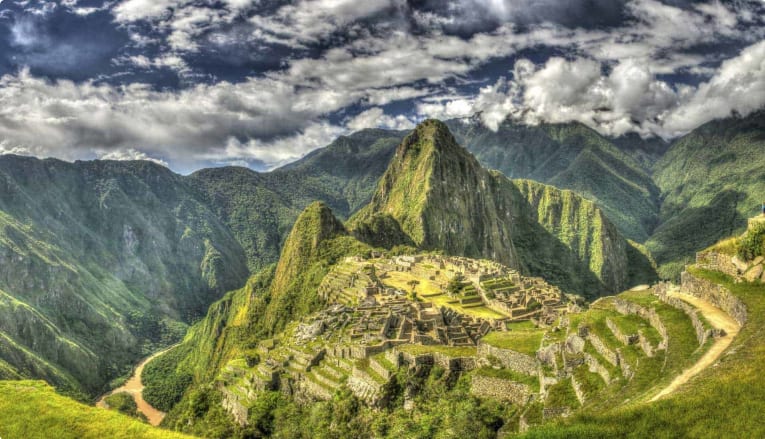
Odyssey Traveller visits a range of destinations across the Americas, tailor made for mature and senior travellers. Our range of stimulating educational tours are designed for active, inquisitive travellers in a small group environment that is typically comprised of between 6 to 18 like-minded travellers. All of our educational tours reflect our philosophy to offer a wide range of educational, cultural, and heritage journeys that expand horizons and broaden the mind.
Our tours of the Americas include:
- South America Small Group History and Culture Tour (25 days)
- Journey through Central America: Panama, Costa Rica, Honduras, and Guatemala (27 days)
- Ecuador and Peru Archaeology Tour (22 days)
- Argentina Dinosaur Dig Small Group Tour (17 days)
For more information, click here, and head to this page to make a booking.
Articles about the Americas published by Odyssey Traveller:
- South America travel advice for touring
- Chile, Peru & Bolivia travel advice for mature & senior travellers
- Argentina & Brazil travel advice
- Discover Bolivia: the definitive guide for travellers
- Chile & Easter Island: the definitive guide for seniors
External articles to assist you on your visit to the Americas:
Related Tours
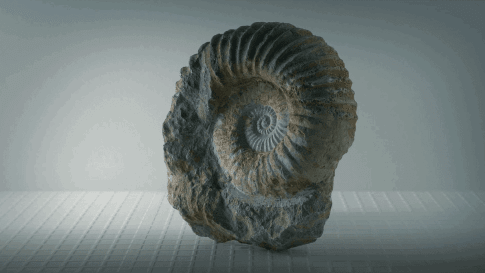
17 days
SepArgentina Dinosaur dig including Titanosaur small group tours
Visiting Argentina
Small group tour for senior and mature couples and solo travellers to explore the Titanosaurs the largest Dinosaurs to walk the planet. Their skeletons have recently been discovered in Argentina. This program spends 20 days travelling to visit and experience the dig sites where much of Argentina’s paleontological history has been found, Patagonia. With local paleontologists and guides providing an insight into this remote part of the country you get a unique opportunity to learn first hand about the research on the Argentinian Dinosaur collection.
From A$18,425 AUD
View Tour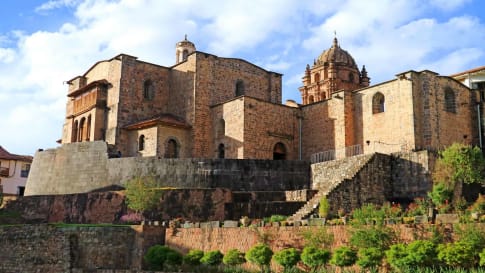
22 days
Mar, AprEcuador and Peru Archaeology tour
Visiting Ecuador, Peru
This 22-day small group tour highlights the most prominent ancient ruins and archaeological finds across Ecuador and Peru and showcases the vast culture and impact of pre- and post-Inca civilization.
From A$16,250 AUD
View Tour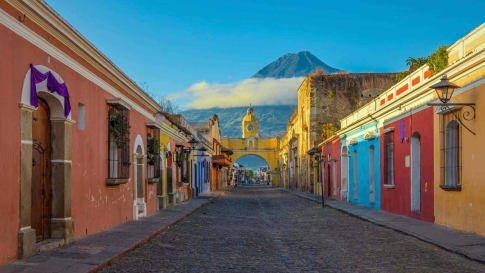
27 days
Oct, AprJourney through Central America: Panama, Costa Rica, Honduras, and Guatemala
Visiting Costa Rica, Guatemala
Join Odyssey Traveller as we go on a 27-day small group journey for mature and senior couples and solo travellers across Central America, exploring the history and diverse scenery of Panama, Costa Rica, Honduras, and Guatemala.
From A$22,855 AUD
View Tour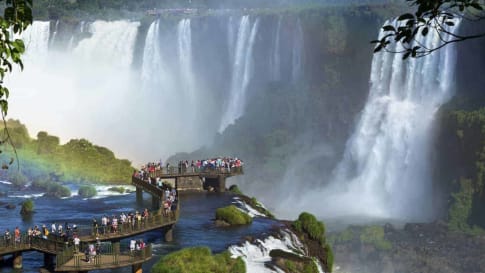
25 days
Apr, SepSouth American Small Group History and Culture Tour
Visiting Argentina, Bolivia
Experience the jewels of South America on this in-depth itinerary featuring the dramatic contrasts of this great continent on a small group tour for senior couples and solo travellers. Journey through Chile, Peru, Bolivia, Argentina and Brazil. Marvel at the ancient cultures and natural wonders of the Amazon, the snow-capped peaks of the Andes mountains, the calm waters of Lake Titicaca and the jewel coloured beaches of Rio.
From A$20,785 AUD
View Tour
